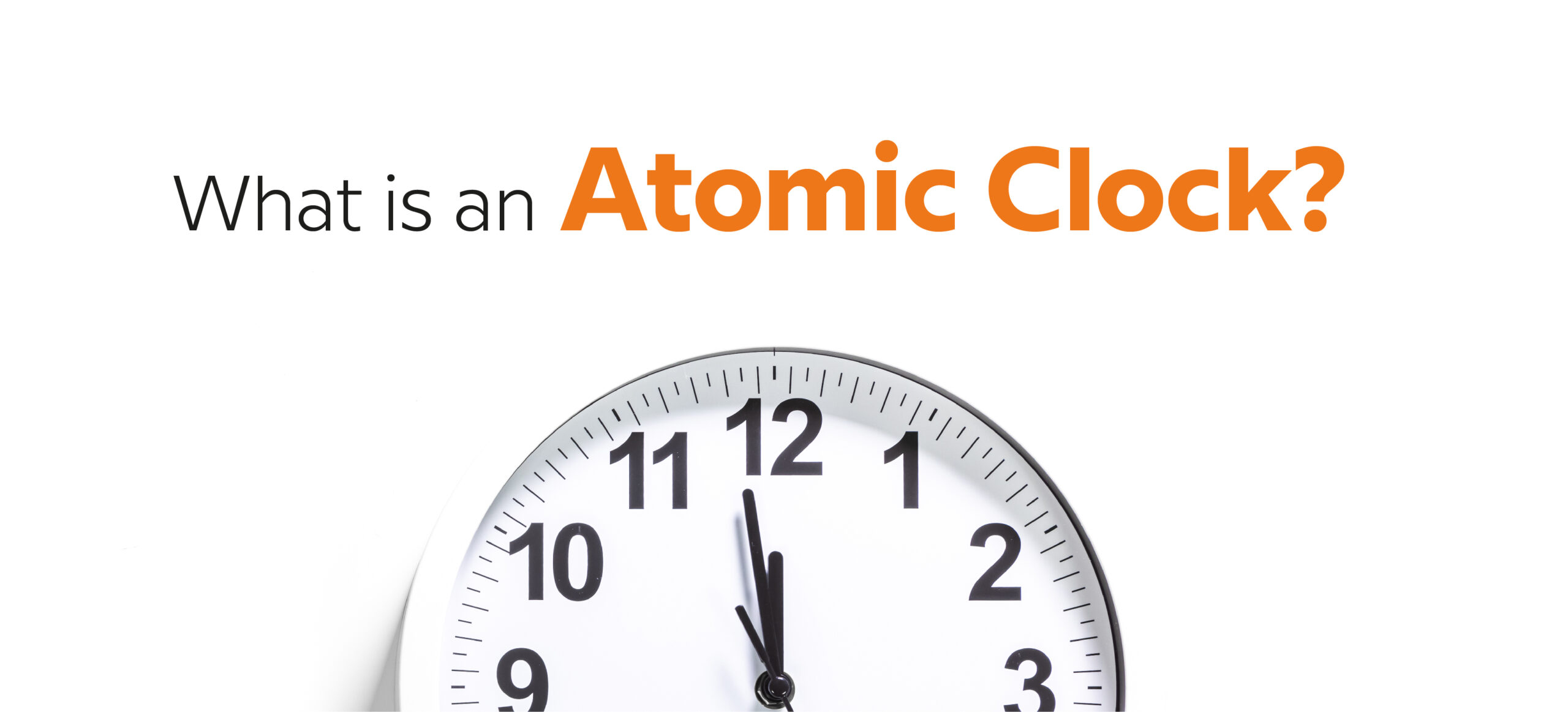
Time is an extremely perplexing concept! We can feel time but we cannot explain it. In maths, time can be defined as the ongoing and continuous sequence of events that occur in succession, from the past through the present to the future. An author named Ray Cummings once wrote “time is what keeps everything from happening at once”.
Time in our daily life has a more numerical and practical meaning. We use clocks to measure time in seconds, minutes and hours.
But time and again, our watches sometimes slow down, or begin to go faster or simply stop. Of course that doesn’t mean that ‘time’ slowed down or stopped altogether! It simply means our watch was not showing the accurate time. But if our clocks have discrepancies and defects in telling time, then how would we know what time it actually is? Is there any clock that always tells the most accurate time?
Well, yes! It’s called an atomic clock!
Why can’t regular clocks always tell accurate time?

Before we tell you about the most accurate clock in the world, let’s start with the general notion of a clock. A clock’s job is to keep track of the passage of time. Most clocks do this by counting the “ticks” of a “resonator.”
In a pendulum clock, the resonator is a pendulum and the gears in the clock keep track of time by counting the back and forth swings of the pendulum. The pendulum usually resonates at a frequency of one swing per second.
A digital clock uses either the oscillations on the power line or the oscillations of a quartz crystal as the resonator, and counts using digital counters.
But even the best mechanical pendulums and quartz crystal-based clocks develop discrepancies. That is why the far better option for timekeeping is the natural and exact “vibration” in an energized atom.
What is an atomic clock?

By National Institute of Standards and Technology
Yup! Believe it or not, what you see in the picture above is a clock!
An atomic clock is a clock that works with atoms, as opposed to most other clocks which are mechanical or digital.
Most clocks know the time because they count how many times something moves back and forth. Atomic clocks count how many times an atom wiggles back and forth!
The natural oscillations of atoms act like the pendulum in a grandfather clock. However, atomic clocks are far more precise than conventional clocks because atomic oscillations have a much higher frequency and are much more stable.
It is no surprise then that atomic clocks are currently the most exact clocks of the world. They are also called primary clocks.
Did you know that the international standard for the length of one second is based on atoms? Since 1967, the official definition of a second is 9,192,631,770 cycles of the radiation that gets an atom of the element called cesium to vibrate between two defined energy states.
What are the practical uses of an atomic clock?

Having learnt about the most accurate clocks, you must be thinking, ‘Why the need to be so accurate?’
It’s a good question since in everyday life we don’t really care so much about such exact science of timekeeping!
But atomic clocks have become an everyday necessity in the modern world.
Thanks to these clocks, many applications have revolutionised our daily lives, without us even knowing it.
The accuracy of satellite navigation systems depends on the proper synchronisation of these clocks — a difference of just one microsecond can lead to a positioning error of 300 metres. Synchronisation must therefore be accurate to within 1/100 of a microsecond.

Another everyday activity that relies on atomic clocks is telecommunications. When we place a call or send data across a network, our information travels via different operators. This information is sent in packets and then put back together once it arrives at its final destination.
If the networks are not functioning at the same speed, information may be lost. To avoid this, there is a standard imposed for operators that limits the difference in speeds between two networks. These accuracy requirements can only be met by atomic clocks.

Banks also need very accurate clocks to guarantee the time and date stamps of high-frequency transactions with microsecond accuracy.
In various ways, atomic clocks have transformed our relationship to time. We no longer measure time against the movement of the Earth but against the movement of the atom.
International Atomic Time (TAI) was established using 340 atomic clocks located throughout the world, and has replaced the observations of astronomers.
These are just a few uses of atomic clocks that are emerging every day, particularly involving GPS, other satellite navigation systems and space exploration.
Stay tuned to The Learning Tree for more amazing reads!
Liked this? Read more here!
Raza has been writing since 2008, be it fiction, poetry, or articles on science, politics, and history. He believes that words can change the world, and he uses them to inspire and empower people through his writing. When he is not working, he is watching nature documentaries or playing with his cats.